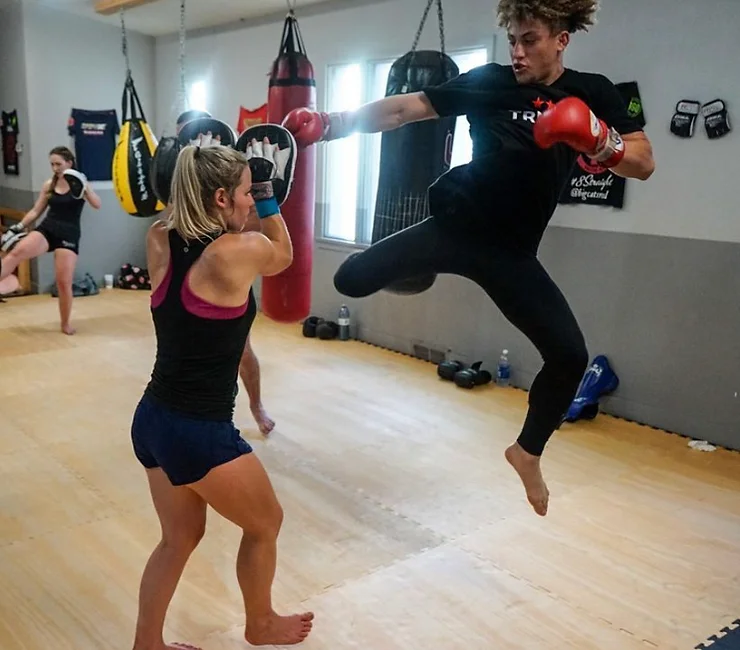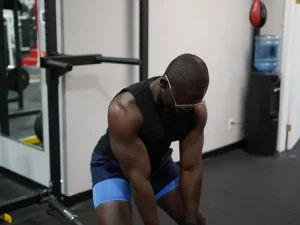Do you have chronic tendon dysfunction? Have you ever wondered why your clinician insists on putting you through a whole range of movements and tests before they treat you? Do you know why your therapist would prescribe you a heel raise exercise versus a jumping box?

When building a rehabilitation program for tendon injuries, different variables come into play. A thorough assessment can allow your clinician to identify the type of load that is causing pain, determine your present load capacity, identify your goal capacity and how to progress from your current capacity to achieve that goal.
Excessive loads are what provoke pain. There are 4 types of loads that our tendons can withstand:
- Tensile load: A store and release type of load. This type of load is common with high velocity movement like running.
- Compressive load: Happens when your tendon compress against the bone. A good example is when you raise your foot off the gas pedal of your car (dorsiflexion).
- Friction load: Happens when the tendons withstand low load and repetitive motions.
- Mixed loads: A combination of tensile and compressive load.
These loads do not occur individually, which makes the assessment process more complicated, but very important for prescribing the most effective rehabilitation program.
It is important to have a discussion with your clinician about your goals from a recovery standpoint. You need to keep in mind that depending on the stage of the tendinopathy, a reasonable treatment goal could be to return to normal (reactive tendinopathy) or in the case of a reactive on degenerative tendon, a more reasonable goal is to manage the pain caused by degeneration. Degeneration is permanent and what we are trying to do as therapists is to improve functionality with minimal to no pain.
Work Cited:
Chuaah, J. (2019). Managing patella tendinopathy in powerlifting Pt.1 – Understanding Tendinopathy. Retrieved from https://www.strphysio.com.au/managing-patella-tendinopathy-in-powerlifting-pt1-understanding-tendinopathy-
Cook JL, Purdam CR. (2009). Is tendon pathology a continuum? A pathology model to explain the clinical presentation of load-induced tendinopathy. Br J Sports Med 2009;43:409–16
Rogers, K. (2016) Tendon Anatomy [Online image] Retrieved from https://www.britannica.com/science/tendon#/media/1/587171/204856



